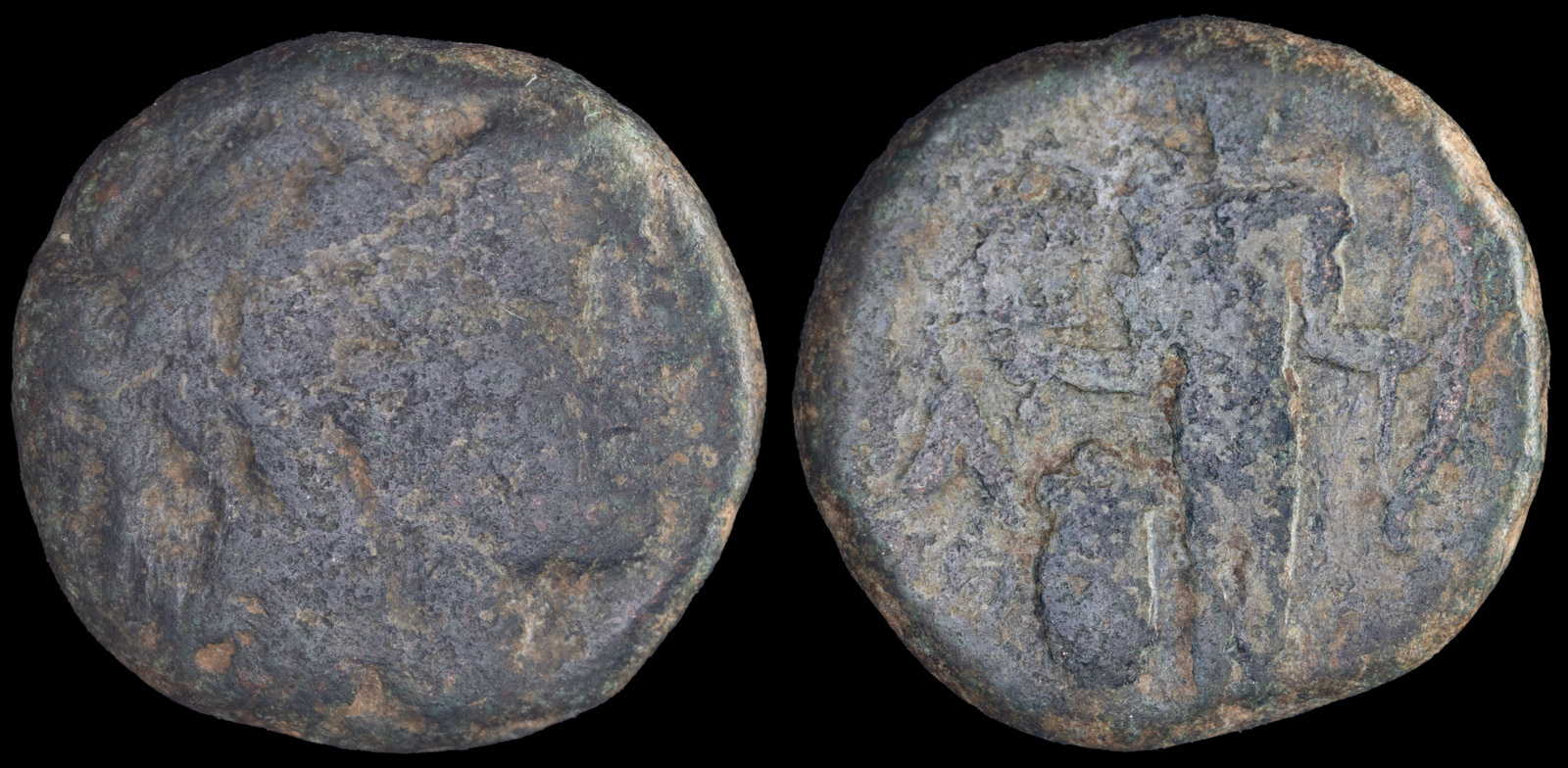Delios
View All Tags
The original cult statue of Apollo on Delos is believed to have been an early wooden xoanon—a primitive, often aniconic or semi-figurative representation—typical of early Greek religious practices. Over time, this would likely have been replaced or supplemented by more elaborate and realistic statues crafted from marble or bronze. Although no definitive example of the original cult statue survives, literary references and archaeological remains suggest it was situated within the Temple of Apollo on Delos, a structure that underwent multiple phases of reconstruction and embellishment from the Archaic through the Hellenistic periods.
The significance of the cult statue extended beyond its religious function. As a symbol of Apollo’s divine presence, it also reinforced Delos’s role as a pan-Hellenic sanctuary and a political center, particularly under the influence of Athens, which periodically asserted control over the island and used the cult of Apollo to legitimize its authority.

Attica, Athens
ca 36-33 BCE
16mm, 5.65g
Athena right/archaic cult statue of Apollo Delios, holding bow and image of the Three Graces.
Kroll 143